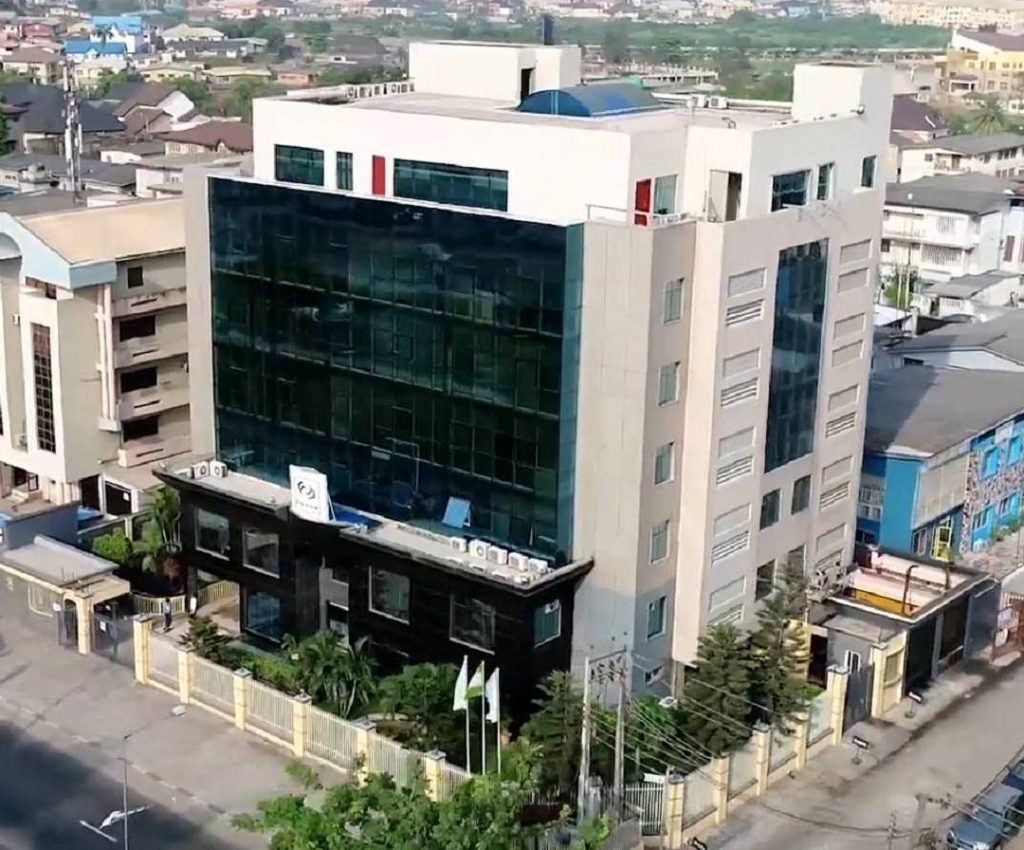What is Antimicrobial Resistance?
Antibiotics and other antimicrobial drugs are crucial for fighting infection and saving lives, but they must be used correctly.
Antimicrobial resistance (AMR), or drug resistance, develops when microbes, including bacteria, fungi, parasites, and viruses, no longer respond to a drug that previously treated them effectively.

AMR can lead to the following issues:
- some infections being harder to control and staying longer inside the body
- longer hospital stays, increasing the economic and social costs of infection
- a higher risk of disease spreading
- a greater chance of fatality due to infection


A significant concern is that AMR could lead to a post-antibiotic era in which antibiotics would no longer work.
This would mean that common infections and minor injuries that became straightforward to treat in the 20th century could again become deadly.
Causes
Microbes can become resistant to drugs for both biological and social reasons.
Microbial behavior
As soon as scientists introduce a new antimicrobial drug, there is a good chance that it will become ineffective at some point in time.
This is due primarily to changes occurring within the microbes.
These changes can come about in different ways:
Mutation: When microbes reproduce, genetic mutations can occur. Sometimes, this will create a microbe with genes that help it survive in the face of antimicrobial agents.
Selective pressure: Microbes that carry these resistance genes survive and replicate. The newly generated resistant microbes eventually become the dominant type.
Gene transfer: Microbes can pick up genes from other microbes. Genes conferring drug resistance can easily transfer between microbes.
Phenotypic change: Microbes can change some of their characteristics to become resistant to common antimicrobial agents.

People’s behavior
The way in which people use antimicrobial drugs is a significant contributing factor. For example:
Inexact diagnosis: Doctors sometimes prescribe antimicrobial drugs “just in case,” or they prescribe broad-spectrum antimicrobial drugs when a specific drug would be more suitable. Using these medications in this way increases the risk of AMR.
Inappropriate use: If a person does not complete a course of antimicrobial drugs, some microbes may survive and develop resistance to the drug.
Resistance can also develop if people use drugs for conditions that they cannot treat. For example, people sometimes take an antibiotic for a viral infection.

Agricultural use: Using antibiotics in farm animals can promote drug resistance. Scientists have found drug-resistant bacteria in meat and food crops that have exposure to fertilizers or contaminated water. In this way, diseases that affect animals can pass to humans.
Hospital use: People who are critically ill often receive high doses of antimicrobial drug. This encourages the spread of AMR microbes, particularly in an environment where various diseases are present.
Treatment and alternatives
As infections stop responding to current drugs, there is an urgent need to find alternatives.
In some cases, this means using combinations of different medications, known as multiple-drug therapy.
Scientists are also looking for new forms of treatment, including different types of antibiotics and other alternatives.
Meanwhile, experts are stressing the need for:
- doctors to prescribe antibiotics only when they are useful and necessary
- patients to use antimicrobial drugs precisely as the doctor recommends and only after a complete diagnosis








